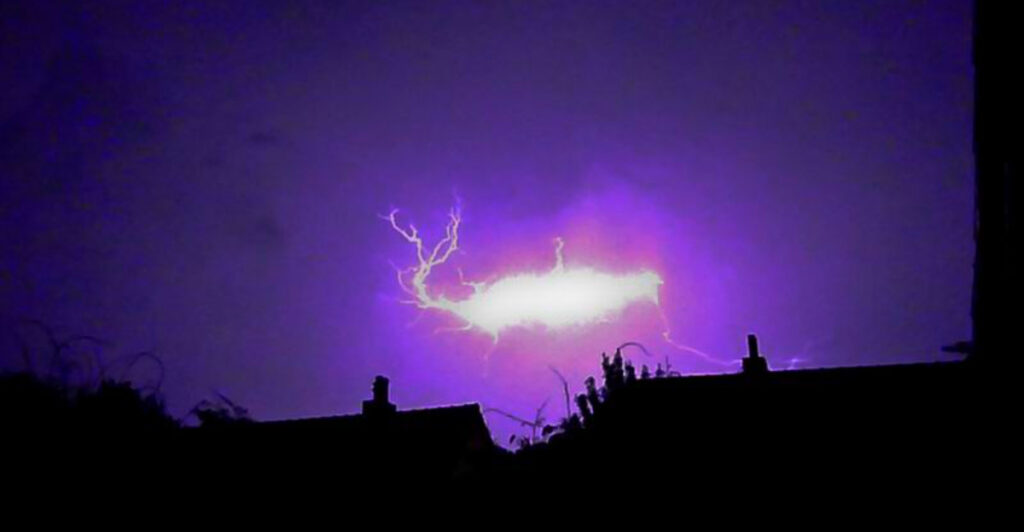Planning your dream vacation? Mother Nature might have other plans. From toxic algae blooms that turn paradise beaches deadly to volcanic ash clouds that strand millions of travelers, our planet harbors some truly bizarre and dangerous phenomena. Understanding these natural hazards can mean the difference between an unforgettable adventure and a vacation nightmare.
1. Red Tides – Nature’s Toxic Paint Job

Imagine arriving at your beach resort only to find crimson waters stretching to the horizon. Red tides occur when harmful algae bloom in massive numbers, releasing neurotoxins that kill fish and make seafood deadly to eat.
Swimming becomes impossible as the toxins cause severe respiratory problems and skin irritation. Florida’s Gulf Coast regularly battles these blooms, which can persist for months and devastate tourism.
Always check local health advisories before booking coastal accommodations.
2. Volcanic Ash Clouds – Sky-High Travel Chaos
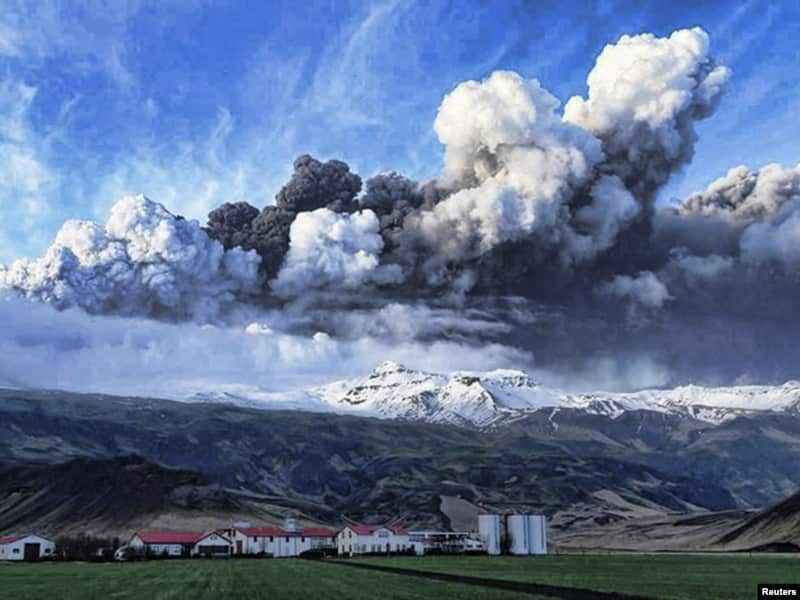
One volcano can ground every flight on Earth. When Iceland’s Eyjafjallajökull erupted in 2010, ash clouds stranded over 10 million passengers worldwide for weeks.
Volcanic ash acts like microscopic glass, destroying jet engines and creating zero visibility conditions. Even dormant volcanoes can surprise travelers with sudden eruptions that shut down entire air travel networks.
Indonesia, Japan, and Italy remain particularly vulnerable to these aviation nightmares that can trap tourists indefinitely.
3. Sinkholes – When Paradise Swallows Itself
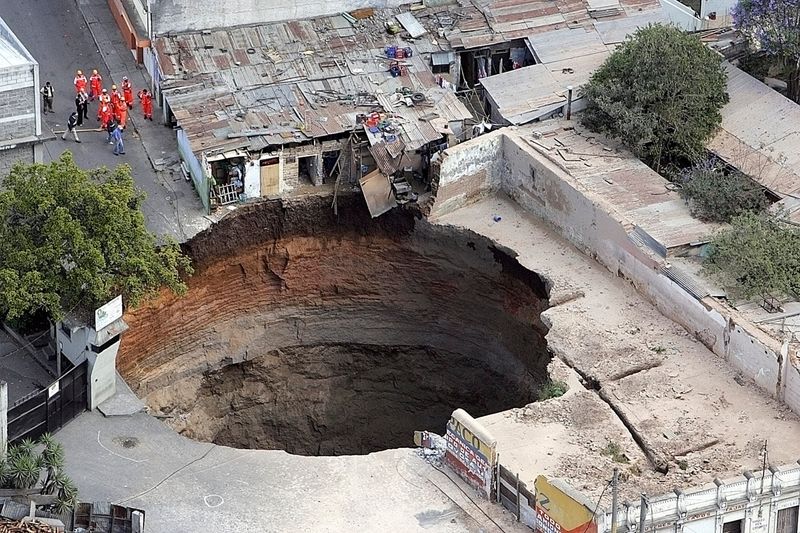
Your hotel could literally vanish overnight. Sinkholes form when underground water dissolves bedrock, creating caverns that eventually collapse without warning.
Mexico’s Yucatan Peninsula and Florida are notorious for these geological trapdoors that can swallow entire buildings in seconds. Tourist resorts built over limestone are particularly vulnerable to sudden ground failures.
China recently witnessed a sinkhole consume an entire city block, demonstrating how quickly solid ground can become a gaping crater.
4. Wildfire Smoke Domes – Breathing Becomes Impossible
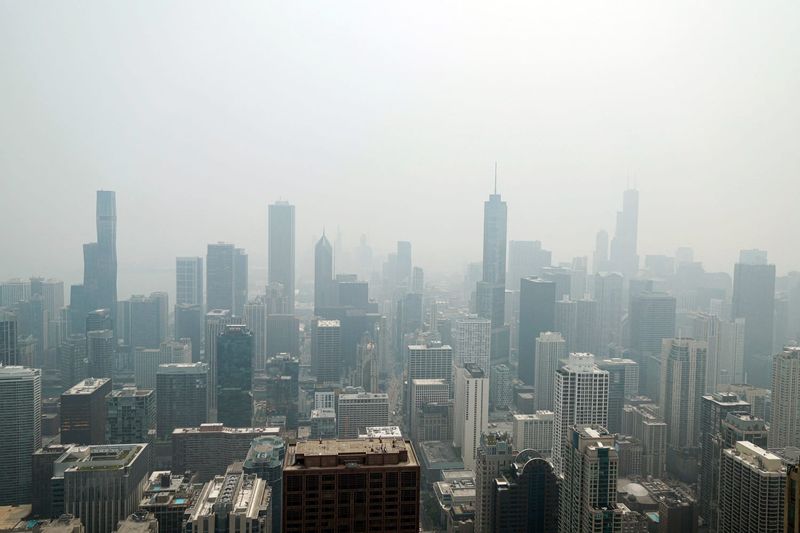
Thick smoke can transform sunny destinations into apocalyptic wastelands. Massive wildfires create dome-shaped smoke clouds that trap toxic air over entire regions for weeks.
Canada’s recent fires blanketed cities thousands of miles away, turning day into night and making outdoor activities dangerous. Greece and Australia regularly experience these choking conditions that force mass evacuations.
Air quality can become so hazardous that even indoor activities become risky without proper filtration systems.
5. Magnetic Storms – When Technology Goes Dark
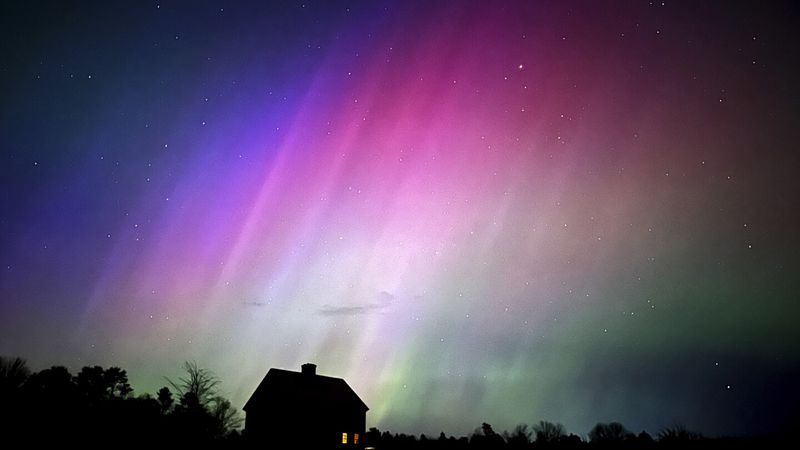
Solar storms can turn northern light destinations into technological dead zones. Geomagnetic disturbances disrupt GPS systems, ground flights, and knock out power grids across entire countries.
Norway, Finland, and Canada experience these invisible attacks that can strand travelers without communication or navigation tools. Credit cards stop working, phones die, and emergency services become unreachable.
Ironically, the same solar activity that creates beautiful auroras can transform your Arctic adventure into a survival situation.
6. Venomous Jellyfish Swarms – Invisible Ocean Assassins

Crystal-clear tropical waters can hide millions of deadly jellyfish. Box jellyfish and Portuguese man o’ war swarms appear suddenly, turning paradise beaches into aquatic minefields.
Australia’s coast regularly experiences invasions of these transparent killers whose stings can cause cardiac arrest within minutes. Thailand and the Philippines also battle seasonal jellyfish blooms that hospitalize hundreds of tourists annually.
Even shallow wading becomes potentially fatal when these venomous swarms arrive unexpectedly.
7. Haboobs – Desert Dust Tsunamis
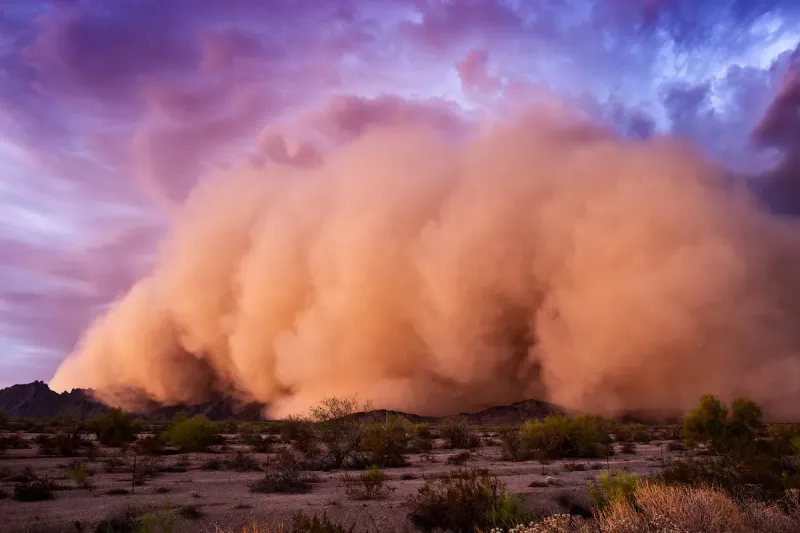
Imagine a wall of dust taller than skyscrapers racing toward your resort at highway speeds. Haboobs are massive dust storms that can bury entire cities in minutes.
Saudi Arabia and Arizona regularly experience these brown tsunamis that reduce visibility to zero and make breathing impossible. Dubai’s luxury resorts have been completely engulfed by these towering dust walls that appear with little warning.
Cars become buried, airports shut down, and tourists find themselves trapped in sandy darkness for hours.
8. Glacier Calving – Ice Bombs Create Mini-Tsunamis

Cruise ships become sitting ducks when house-sized ice chunks crash into fjords. Glacier calving creates sudden waves that can flip boats and flood coastal areas without warning.
Greenland and Alaska’s tourist boats regularly face these icy explosions that generate tsunamis capable of reaching nearby shores within minutes. Argentina’s Patagonia region has witnessed calving events that damaged multiple tour vessels simultaneously.
Even experienced captains struggle to predict when these frozen time bombs will detonate into the water.
9. Distant Tsunami Threats – Invisible Ocean Bullets
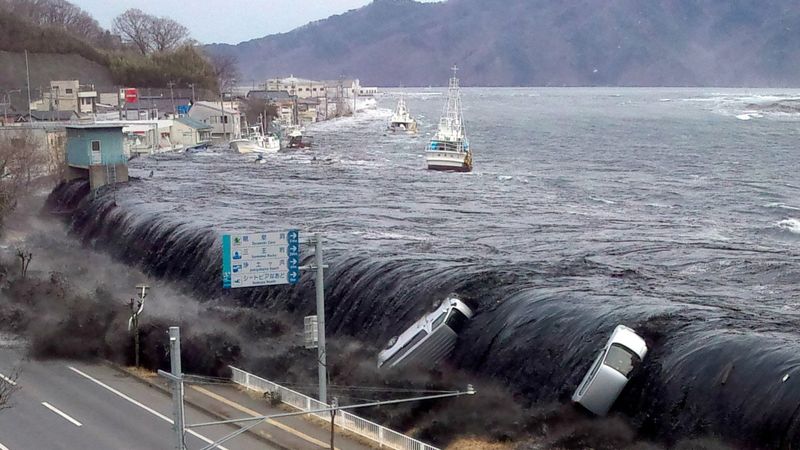
Earthquakes thousands of miles away can send deadly waves racing toward your beach vacation. Japan’s 2011 tsunami damaged California harbors over 5,000 miles from the epicenter.
Indonesia and Chile regularly generate tsunamis that cross entire oceans, arriving at distant shores hours later with devastating force. These invisible underwater bullets travel faster than jet planes, giving coastal resorts minimal warning time.
Sunny beaches can transform into raging torrents within minutes of a far-off seismic event.
10. Methane Explosions – Permafrost Time Bombs
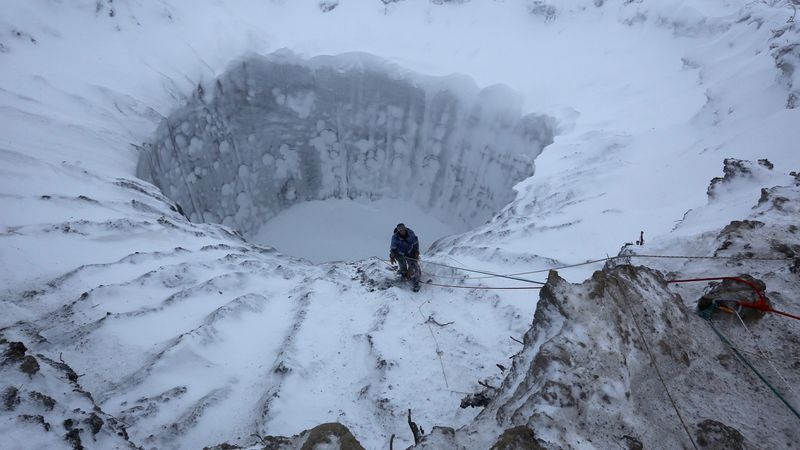
Siberian craters the size of city blocks appear overnight when methane gas explodes from thawing permafrost. These underground time bombs create massive holes that can swallow buildings and vehicles.
Alaska and northern Russia experience increasing numbers of these mysterious explosions as climate change accelerates permafrost melting. The gas buildup creates pressure that eventually erupts with tremendous force.
Tourist lodges in Arctic regions face growing risks from these unpredictable underground detonations that leave enormous craters.
11. Mass Animal Invasions – Nature’s Overwhelming Armies
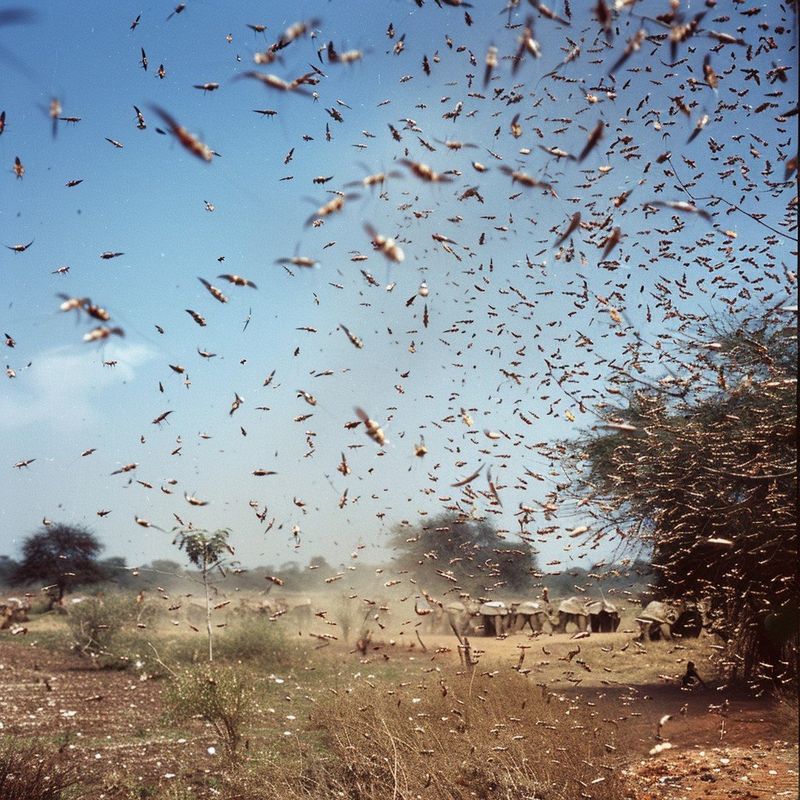
Christmas Island becomes uninhabitable when 50 million red crabs march to the sea. Roads close, resorts evacuate, and tourists flee as countless creatures overwhelm human infrastructure.
Madagascar faces locust swarms that darken skies and devour everything organic, while Uganda battles bat invasions that can spread diseases to thousands of visitors. These biological tsunamis arrive with seasonal precision but overwhelming force.
Hotels become temporary shelters as nature reclaims territory through sheer numbers.
12. Ball Lightning – Nature’s Floating Fire Orbs
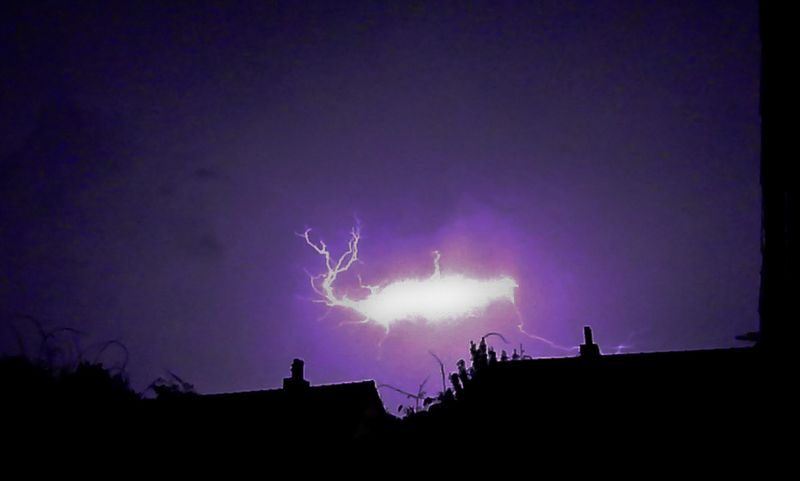
Glowing spheres of electricity can materialize inside hotel rooms during thunderstorms. Ball lightning appears as tennis ball-sized orbs that float through walls and explode unpredictably.
China, Russia, and parts of America report these mysterious phenomena that have been witnessed inside aircraft and buildings. The orbs can persist for minutes, moving independently and sometimes causing burns or fires.
Scientists still debate how these electrical ghosts form, making them impossible to predict or prevent during stormy weather.
13. Poison Gas Lake Eruptions – Silent Invisible Death
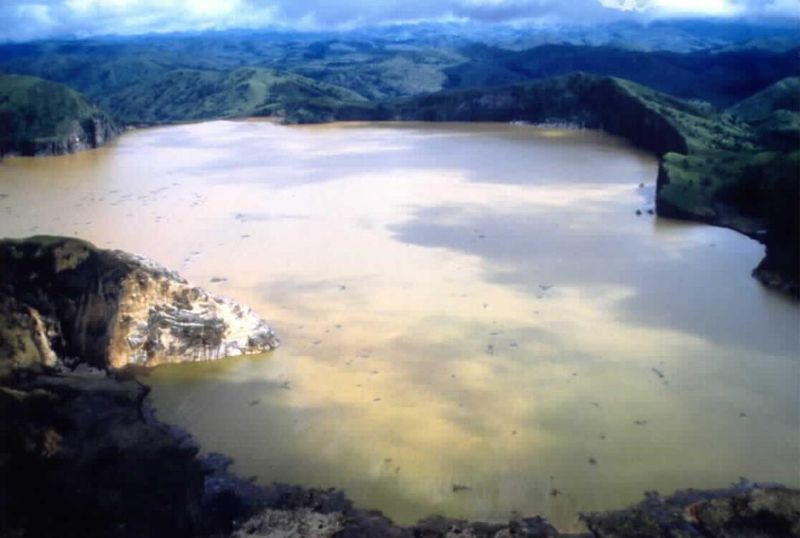
Lake Nyos in Cameroon killed 1,700 people in one night when carbon dioxide erupted from its depths. These crater lakes store deadly gases that can escape suddenly, creating invisible clouds of death.
Rwanda’s Lake Kivu contains enough methane and CO2 to suffocate millions if disturbed by earthquakes or volcanic activity. Tourists visiting these scenic lakes face risks from odorless, colorless gases that kill without warning.
Entire valleys can become death traps within hours of a limnic eruption.
14. Extreme Tidal Bores – Walls of Water Racing Upstream
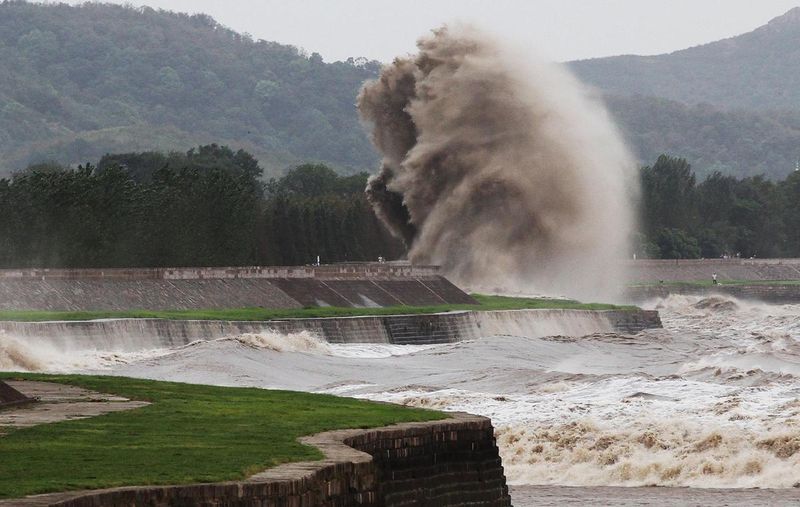
China’s Qiantang River produces 30-foot walls of water that race upstream at 25 mph, flipping boats and flooding riverbanks. These reverse tsunamis occur when ocean tides force massive volumes of water inland.
India’s Hooghly River and Britain’s Severn River create similar spectacles that attract thrill-seeking tourists who often underestimate the deadly power. Riverside restaurants and hotels face regular flooding from these predictable yet dangerous events.
Even experienced river guides struggle to outrun these aquatic freight trains.
15. Invisible Rip Currents – Ocean’s Hidden Conveyor Belts
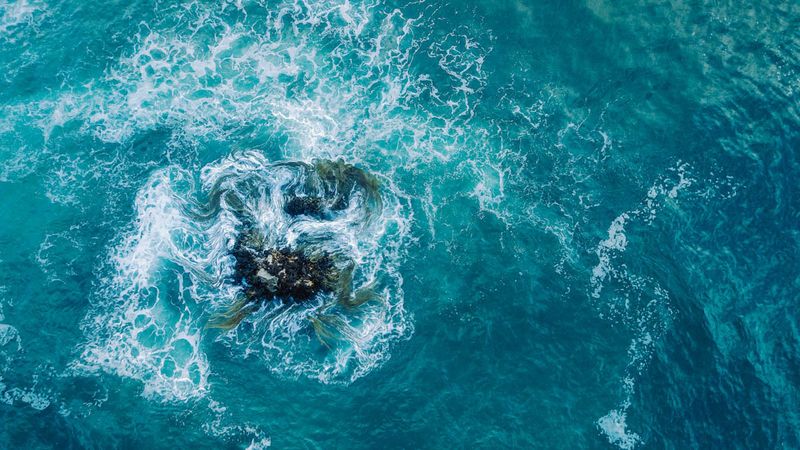
Calm-looking beaches hide underwater rivers that drag swimmers to sea faster than Olympic athletes can swim. Rip currents kill more people than sharks, lightning, and tornadoes combined.
Australia’s Gold Coast and Florida’s beaches regularly claim victims who don’t recognize the subtle signs of these aquatic treadmills. Hawaii’s seemingly perfect swimming conditions often conceal powerful currents that can exhaust even strong swimmers.
Lifeguards report that most drowning victims never realize they’re being pulled seaward until escape becomes impossible.
16. Catastrophic Ice Jams – Frozen River Explosions

When frozen rivers suddenly thaw, house-sized ice chunks create natural dams that cause devastating floods. Canada, Alaska, and Russia experience these frozen tsunamis that destroy riverside communities within hours.
Ice jams build pressure until they explode downstream, sending walls of water and debris toward unsuspecting tourists. Lodge owners along northern rivers face annual threats from these icy time bombs that can level buildings.
Spring thaw becomes a dangerous lottery for anyone near ice-covered waterways.
17. Waterspouts – Tornadoes That Dance on Water
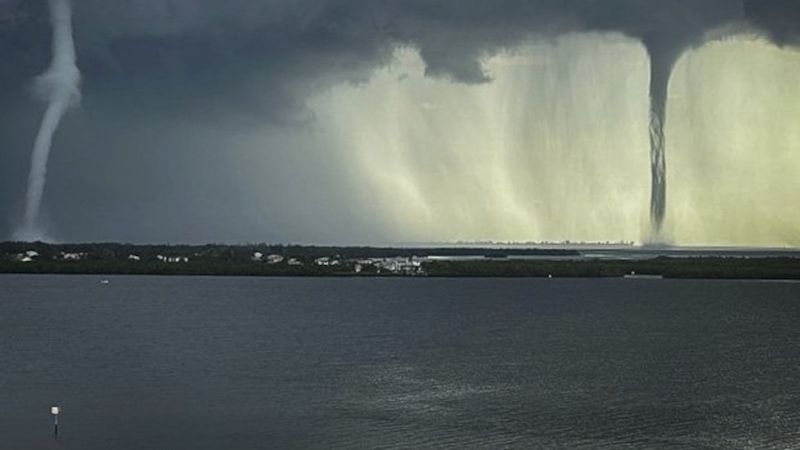
Florida Keys tourists regularly witness spinning columns of water that can flip boats and drench coastal resorts. Waterspouts form rapidly over warm water, creating tornadoes that dance across harbors and bays.
Greece, Italy, and Australia experience these aquatic twisters that can move onshore without warning, devastating beachfront properties. Marina boats become projectiles when waterspouts pass through crowded harbors during peak tourist season.
Even experienced sailors struggle to outrun these spinning water columns that appear suddenly.
18. Earthquake Liquefaction – When Solid Ground Becomes Quicksand
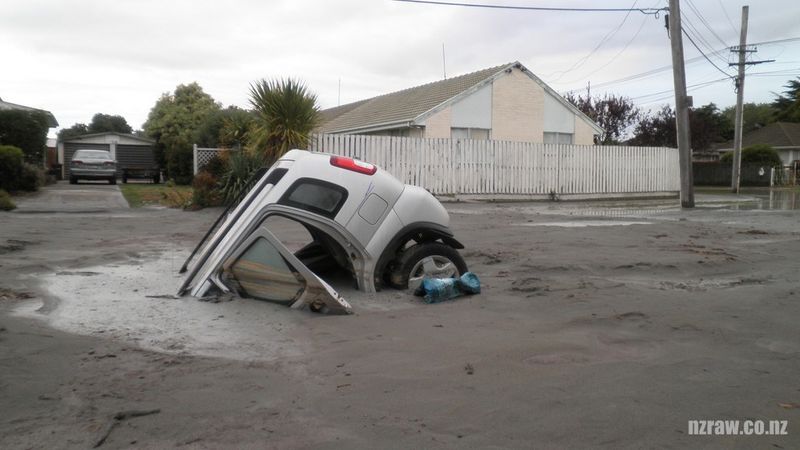
Seismic shaking can transform solid earth into liquid sludge that swallows buildings whole. Japan, New Zealand, and Indonesia regularly witness this terrifying phenomenon that turns foundations into quicksand.
Tourist hotels built on reclaimed land face particular risks when earthquakes cause soil liquefaction. Cars, buildings, and people can sink into what appears to be solid ground within minutes of strong shaking.
Recovery becomes nearly impossible once structures disappear into liquefied soil that eventually re-solidifies around buried objects.
19. Fire Rainbows – Beautiful Omens of Stormy Chaos
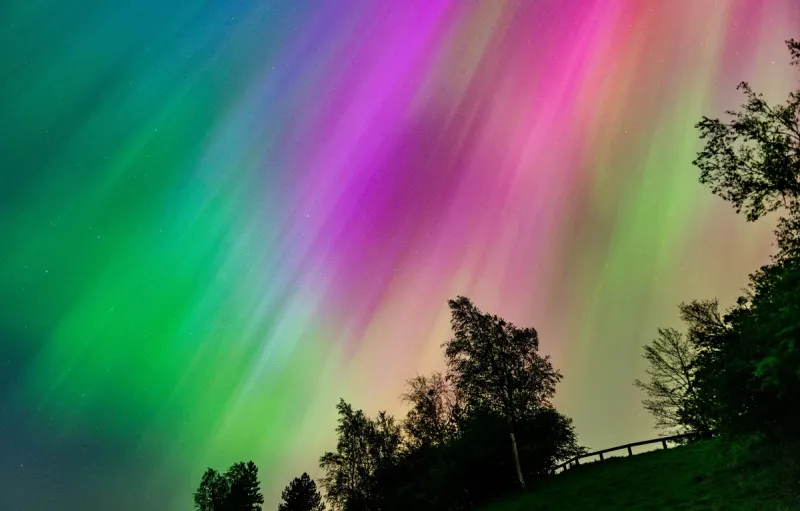
Spectacular rainbow-colored clouds often signal dangerous weather approaching popular destinations. Circumhorizontal arcs create stunning displays when sunlight passes through ice crystals at precise angles.
America, Mexico, and India witness these ethereal phenomena that tourists love photographing, unaware they indicate unstable atmospheric conditions. The same ice crystals that create beauty often precede severe thunderstorms, hail, or tornadoes.
Smart travelers appreciate the spectacle but prepare for rapidly changing weather that can turn deadly within hours.
20. Animal Stampedes – When Wildlife Reclaims Territory

Kenya’s wildebeest migration can crush safari vehicles under millions of hooves. Two million animals move as one unstoppable force that flattens everything in their path.
India faces elephant stampedes that destroy entire villages when herds encounter human settlements during drought seasons. South African game reserves occasionally witness mass movements that endanger tourist camps positioned along traditional migration routes.
Even experienced guides cannot predict when peaceful grazing will suddenly transform into thundering chaos that levels temporary structures.
21. Toxic Desert Blooms – When Flowers Become Weapons
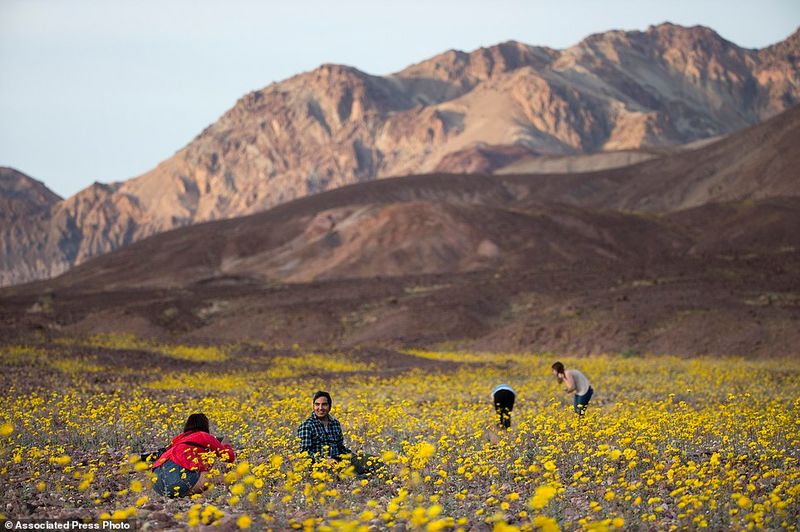
Death Valley’s rare wildflower explosions release overwhelming pollen clouds that hospitalize visitors with severe allergic reactions. These spectacular blooms occur only after perfect rainfall conditions create carpet-like flower displays.
Chile’s Atacama Desert experiences similar phenomena when dormant seeds suddenly germinate, producing massive pollen releases that can trigger respiratory emergencies. Tourist influxes during bloom years often overwhelm local medical facilities.
Nature’s most beautiful displays sometimes prove most dangerous for unprepared visitors seeking Instagram-worthy flower fields.
22. Glacial Outburst Floods – Ice Dams That Explode

Iceland’s glacial lakes can burst without warning, sending walls of water racing toward coastal communities. Jökulhlaups occur when volcanic heat or ice dam failures release massive volumes of trapped meltwater.
Nepal and Peru face similar threats where glacial lakes threaten trekking routes and mountain villages with sudden catastrophic drainage. These floods carry house-sized boulders and debris that destroy everything downstream.
Mountain tourism becomes increasingly dangerous as climate change destabilizes glacial dams that have contained water for centuries.

